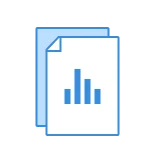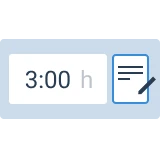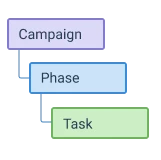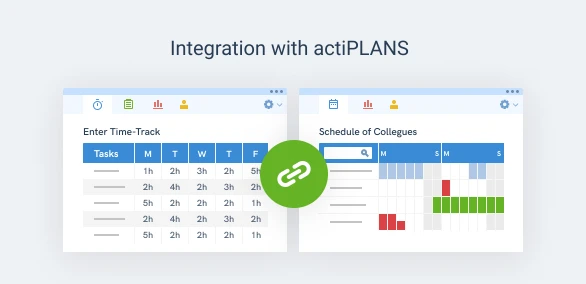Case study

Nash Srl. is an IT-consulting company based in Torino, Italy. It provides design, development and support services to customers in banking, insurance, and telecommunication sectors.
Time tracking before
Nash Srl. runs multiple projects for different clients. Each project is unique in terms of demands of the industry and specifics of a particular business. To stay flexible and responsive to change, Nash Srl. follows Agile principles in project management.
The main difficulty for us was to keep control over the projects’ statuses and the effort spent to stay within the budget. Another challenge was to properly allocate all team members, avoid employee downtime and track their activities across the projects.
Nash Srl. used to track time using spreadsheets. As the company acquired more customers and projects, it became evident that spreadsheets were unhandy, time consuming, visually uncompelling and lacked the required depth of data analysis. After they ran a market research of available time tracking solutions, they tried a free 30-day actiTIME trial, discovered that it had the best quality/price ratio and went on with it.
Favorite actiTIME Features



Time tracking after
Nash Srl. has a strict policy regarding time tracking and time-off request approvals, so actiTIME helped the company to establish a practice of filling out timesheets daily and submitting them for the manager’s approval at the end of the week. If any timesheets remain undone, actiTIME sends automatic reminders to their owners taking this routine off the managers’ shoulders.
The effects of switching from spreadsheets to business time tracking software became soon obvious to the company’s management. Nash Srl. reported getting better control over resource allocation across multiple projects because with actiTIME, managers switched from general to granular tasks and got more detailed and accurate insights into tinier processes. This, in turn, contributed to more accurate estimates and workload management across the organization.
To manage employee attendance and time-off requests, Nash Srl. uses actiPLANS integration that turns actiTIME into a time and absence management environment. actiPLANS team calendar gives managers an overview of employee availability, including employees who are on vacation, on a sick leave, working from home, running late or leaving early. Online leave management module streamlined leave requests and improved workload planning in the company.

The biggest advantage over spreadsheets that managers at Nash Srl. encountered is actiTIME reports and analytics tools. With charts, customizable reports and real-time widgets, managers got an opportunity to review employee performance, time spent on billable and non-billable activities and see profit/loss ratio for different projects. Billing reports displaying work notes for separate time entries allowed to establish a necessary level of work insight for customers, improve trust and satisfaction.
Now we have complete transparency over the status of work and improved resource allocation across the projects. And all this – with hours of work saved. Instead of manually fine-tuning the spreadsheet views, managers instantly see real-time analytics in custom reports. We forgot the spreadsheets like a bad dream.
In 2016, the company switched from actiTIME Self-Hosted to actiTIME Online. This transition allowed Nash Srl. to save costs on infrastructure and maintenance and improved overall user experience even more.
More Stories
your business to the next level?
Let us save your time with a 15-minute product tour.













































